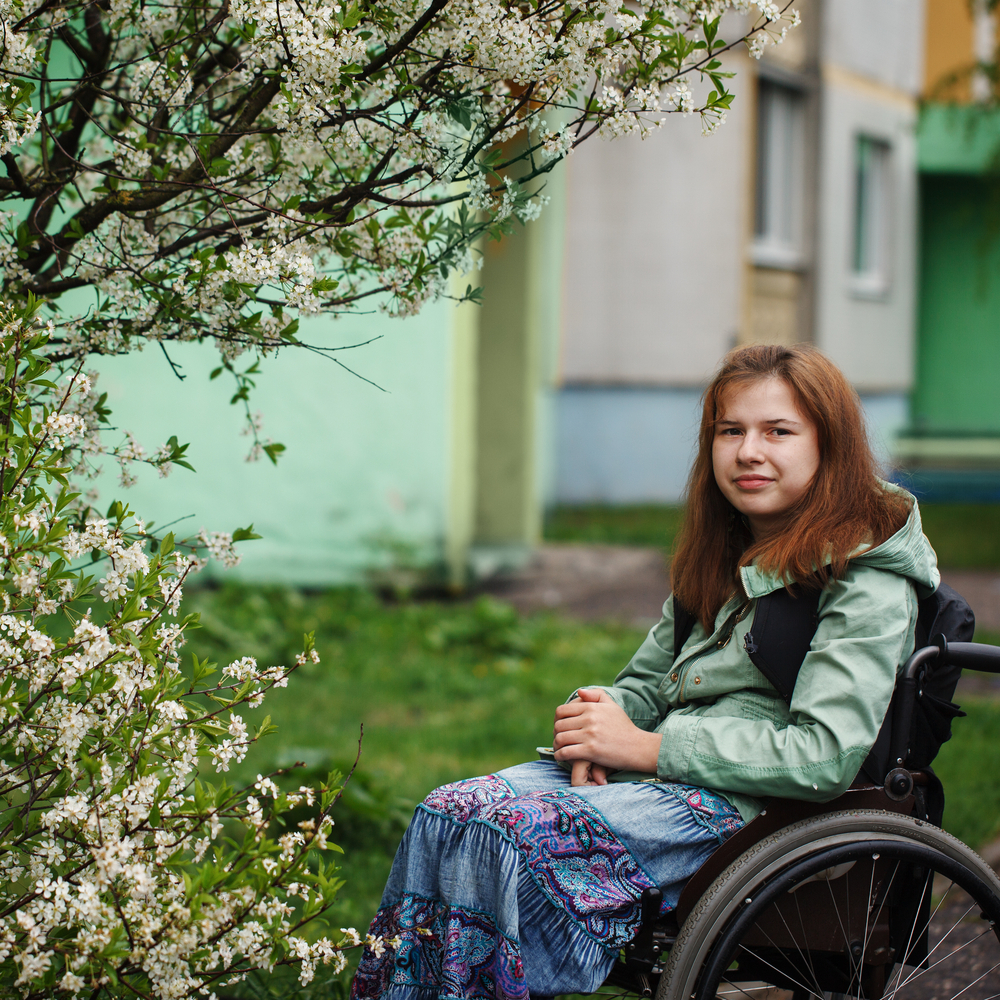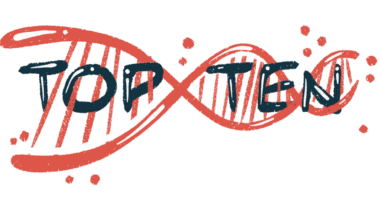Benitec’s Gene Therapy Approach Restores Muscle Strength in Mice with OPMD

A gene therapy approach that Benitec Biopharma is developing for oculopharyngeal muscular dystrophy (OPMD) brought impaired muscle strength in mice back to healthy levels and decreased their muscle fibrosis, or scarring, according to a preclinical trial study.
Benitec said its approach could become an effective strategy for treating the rare genetic muscle disorder, which usually shows up when is a person is 40 to 60 years old.
The research, “PABPN1 gene therapy for oculopharyngealmuscular dystrophy,” appeared in the journal Nature Communications.
OPMD is caused by a mutation of the poly(A)-binding protein nuclear 1 (PABPN1) gene. The faulty protein the gene generates can form insoluble aggregates associated with muscle weakness. Other manifestations of the disease include difficulty standing upright, drooping eyelids, and dysphagia, or difficulty swallowing.
There is no cure for OPMD, which gets worse over time.
Benitec collaborators George Dickson of Britain and Capucine Trollet of France led the team that investigated the new gene therapy approach in a mouse model of OPMD that produced the mutant PABPN1 protein. Dickson is a molecular cell biology professor at Royal Holloway-University of London. Professor Trollet is with the Myology Research Center in Paris.
Their team used a molecular biology strategy known as DNA-directed RNA interference (ddRNAi) to shut down and replace the mutant PABPN1 protein. This approach involves two viral vectors, one aimed at inhibiting the mutated protein and the other at producing a functional protein.
The ddRNAi approach led to a significant reduction in PABPN1 aggregates and normalization of RNA expression. Importantly, it reversed impaired muscle strength, which returned to healthy levels, and decreased muscle fibrosis.
Researchers used cells from OPMD patients to confirm the results seen in the mice.
“These published results have been critical for establishing the proof of concept that a ddRNAi approach may be able to treat this orphan disease,” David Suhy, PhD, the chief scientific officer at Benitec, said in a press release.
The strategy allowed the team “to knock out the mutated form of the gene and have the ability to express a normal copy to restore function,” Suhy said. The company is states is “excited about the progress we have made with our OPMD program and, with our European Orphan Drug Designation, we look forward to streamlining the process towards regulatory approval.”
Benitec and its collaborators are in the process of developing BB-301, a next-generation, follow-on ddRNAi therapy for OPMD. It will put the silence-and-replace elements of ddRNAi in a single delivery vector.
Benitec plans to start investigational drug studies in humans this year and hopes to begin a Phase 1-2 study in OPMD patients in 2018.






